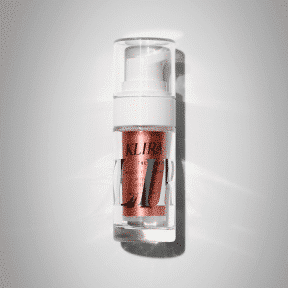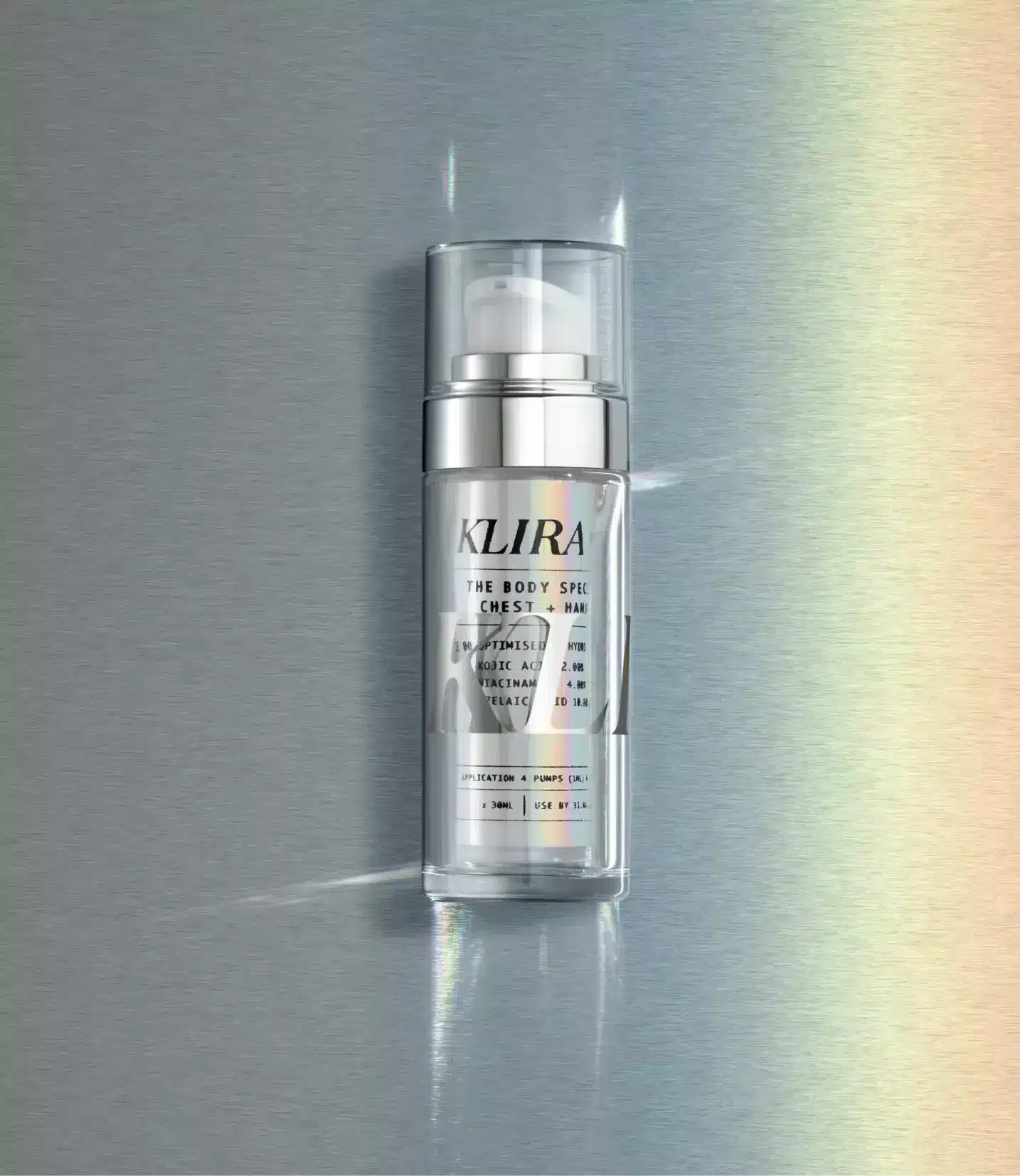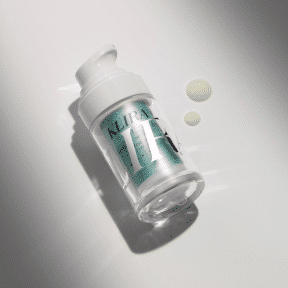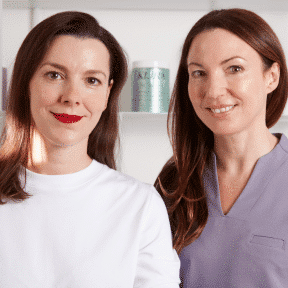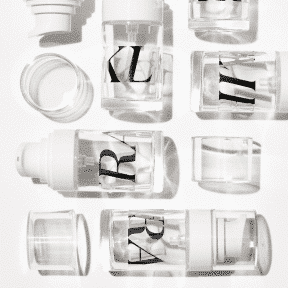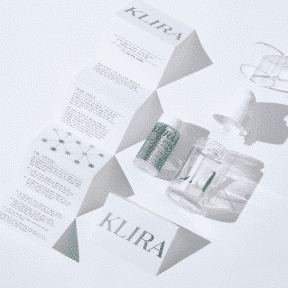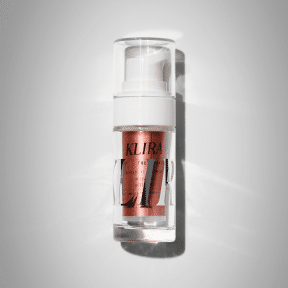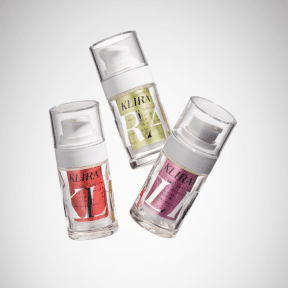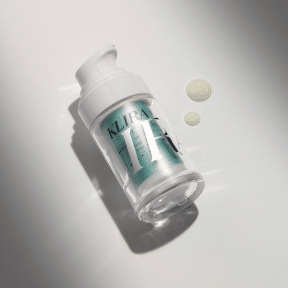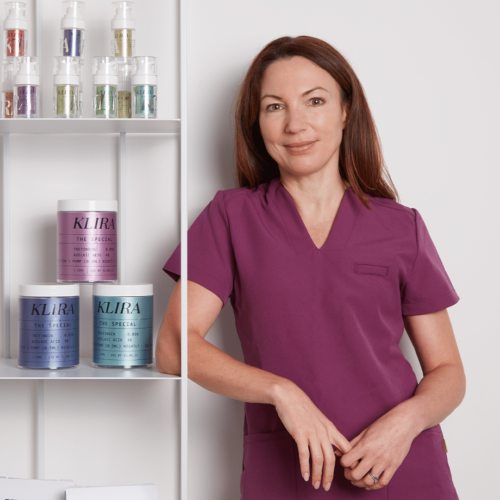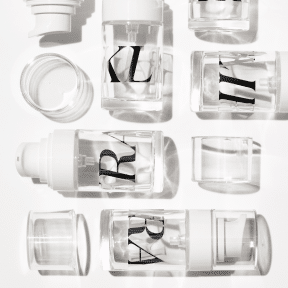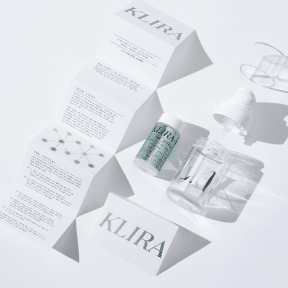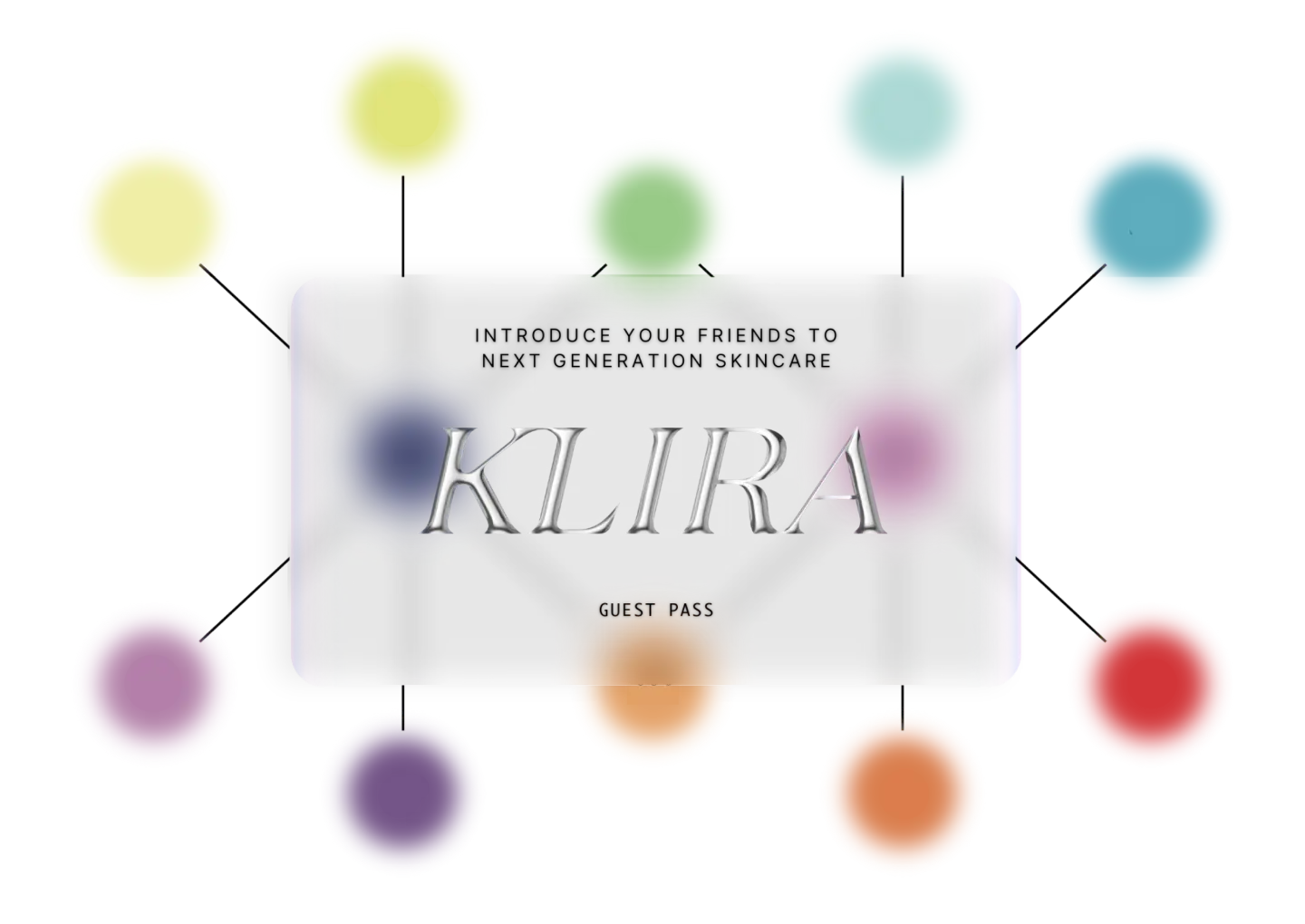By Dr Emma Craythorne
Facial skincare is the priority for most people I see in my private practice. It is the area of the body that has had most UV exposure and that is reflected in many of the changes we see on the skin at this site. Our faces give people the first impression of us, they are always on show, the focus of conversations that we have, and usually in photographs that capture a moment. But there are other parts of our body that are also always on show, yet rarely get the same care and attention that we put into the skin on our face.
I’m talking about our hands and chest. Whilst we are protecting the skin on our face, these areas have often taken a back seat in how we care for them and its usually only when the first signs of that damage occur is when we want to do something about it. What tends to bother the people I see in my clinic about this is the imbalance that starts to become noticeable. What many people want is to undo that damage and enjoy skin that is as healthy, clear, firm and radiant on their hands and chest as the skin on their faces (that they have earned with good daily treatment and sun protection).

The signs of UV-induced ageing on the skin of the hands and chest are the same in both places. The first sign is lost elasticity and ‘bounce’. If you gently pinch together the skin in these area it starts to wrinkle more easily, and become “crepey”.
The second sign is solar lentigines (also known as brown spots or age spots) appearing. They can start as quite subtle light brown ‘splodges’ but as the damage continues to come through over the years they get darker and larger.
These signs of ageing in the skin are as a direct result of years of over exposure to UV. Our hands are almost always exposed, and the skin of the decolletage is impacted by UVA not only on the areas directly exposed but through thin layers of clothing also.
Whilst the signs of ageing are the same in both these areas, and therefore the most effective treatments are the same, they can be very difficult to deliver – albeit for different reasons. Our hands are in use so much of the time and SPF if applied diligently in the morning can often be washed away with handwashing. The skin on our hands and chest are more prone to irritation, the skin here is thinner than you think and in some people not too dissimilar as the skin in the delicate eye area. Harsh chemicals that can be often used on the face start to cause irritation to the skin on the hands and chest, due to rubbing of clothes or handwashing, or thinness of skin.
In order to specifically address all of this I’ve created The Body Special. This is a precision-targeted cream for the chest and hands to expertly tackle visible signs of ageing caused by sun damage and collagen depletion in one simple step.
This formula contains the most well-evidenced active ingredients combined with skin conditioning ingredients in a base with reduced preservatives which means it is tolerated by even really sensitive skin. Therefore we can effectively treat the skin on the chest and skin on the hands in a single step with a formula that is powerful enough to deliver positive visible change in these areas. This formula has been 3 years in the making and is the combination of expert medicine, dermatology, and pharmaceuticals.
Key Ingredients
The cream is built around a perfectly balanced ratio – 10-4-2 – with actives working on different cellular pathways to tackle pigmentation, oxidative stress, hydration and collagen depletion.
10% azelaic acid supresses overactive melanocytes to visibly reduce age spots and stop new ones from forming, whilst also acting as an anti-oxidant to reduce future cellular damage
4% Niacinamide regulates melanin production while supporting the skin to repair signs of past damage.
2% Kojic Acid effectively reduces hyperpigmentation by inhibiting the production of melanin in the skin. Additionally, it works as an antioxidant to counteract the free radical damage prompted by daily sun exposure.
A combination of hydrolysed collagen peptides, cholesterol, squalene and ceramides nourish the skin barrier to support optimum skin health.
Together, these ingredients working in synergy deliver skin that is reduced of pigmentation, soft, smooth, and radiant.
The formulation itself is luxurious to apply with a cream-to-serum texture that is instantly absorbed, leaving only a sensation of beautifully moisturised skin.
Is it suitable for my SkinSize™?
The skin on our hands and chest is not as nuanced as that on our faces, and the UV-induced ageing related concerns that we are treating are universal, and so we’ve been able to formulate The Body Special for all SkinSizes™. It is therefore SkinSize™ neutral and we’ve called this SkinSize™ 00.
How to apply?
The Body Special is not a lotion for lathering on. It is a precision targeted treatment for the chest and hands. The cream-to-serum formula should be applied as the final step of your evening routine.
First gently cleanse the areas. Pat your skin dry. Then apply 2 pumps to the chest and 1 pump to the back of each hand, focusing on any visible age spots. If you’d like to extend treatment then you can also take it up the arms, or on to the shoulders with additional pumps.
We recommend doing this routine after your facial skincare routine so you don’t spread the active ingredients into sensitive areas of the face. With daily use you will see positive results in 12 weeks.

CLINICAL TRIAL & EVIDENCE
The Body Special Clinical Trial
- 100% of candidates noticed an improvement in their skin texture and 83% noticed a good – excellent improvement.
- In those with unwanted pigmentation (age spots),100% of test candidates noted a good to excellent improvement and 30% had a dramatic improvement.
- 100% of candidates felt their skin to be more rejuvenated and 83% felt their hands and chest skin were dramatically more rejuvenated.
- Skin turgor and elasticity was noted to improve in 100% of candidates.
12 candidates, daily use for 3 months, January-March 2024
Evidence for active ingredients
KOJIC ACID
Kojic Acid is a tyrosinase kinase inhibitor meaning that it blocks the conversion of tyrosine to melanin. By regulating this activity in overactive cells, it can reduce unwanted pigmentation.
Kojic acid reduces skin discoloration by increasing skin brightness in 75% of patients tested, reducing skin contrast in approximately 83% and increasing skin homogeneity in approximately 67% of patients.
12 patients J Clin Med. 2023 Apr; 12(7): 2710
NIACINAMIDE
4% Niacinamide induces a decrease in pigmentation, inflammatory infiltrate, and solar elastosis.
RCT data 27 patients Dermatol Res Pract. 2011; 2011: 37917
AZELAIC ACID
Azelaic acid cream yielded 65% good or excellent results in reduction of unwanted hyperpigmentation
RCT data 329 patients – Int J Dermatol. 1991 Dec;30(12):893-5

